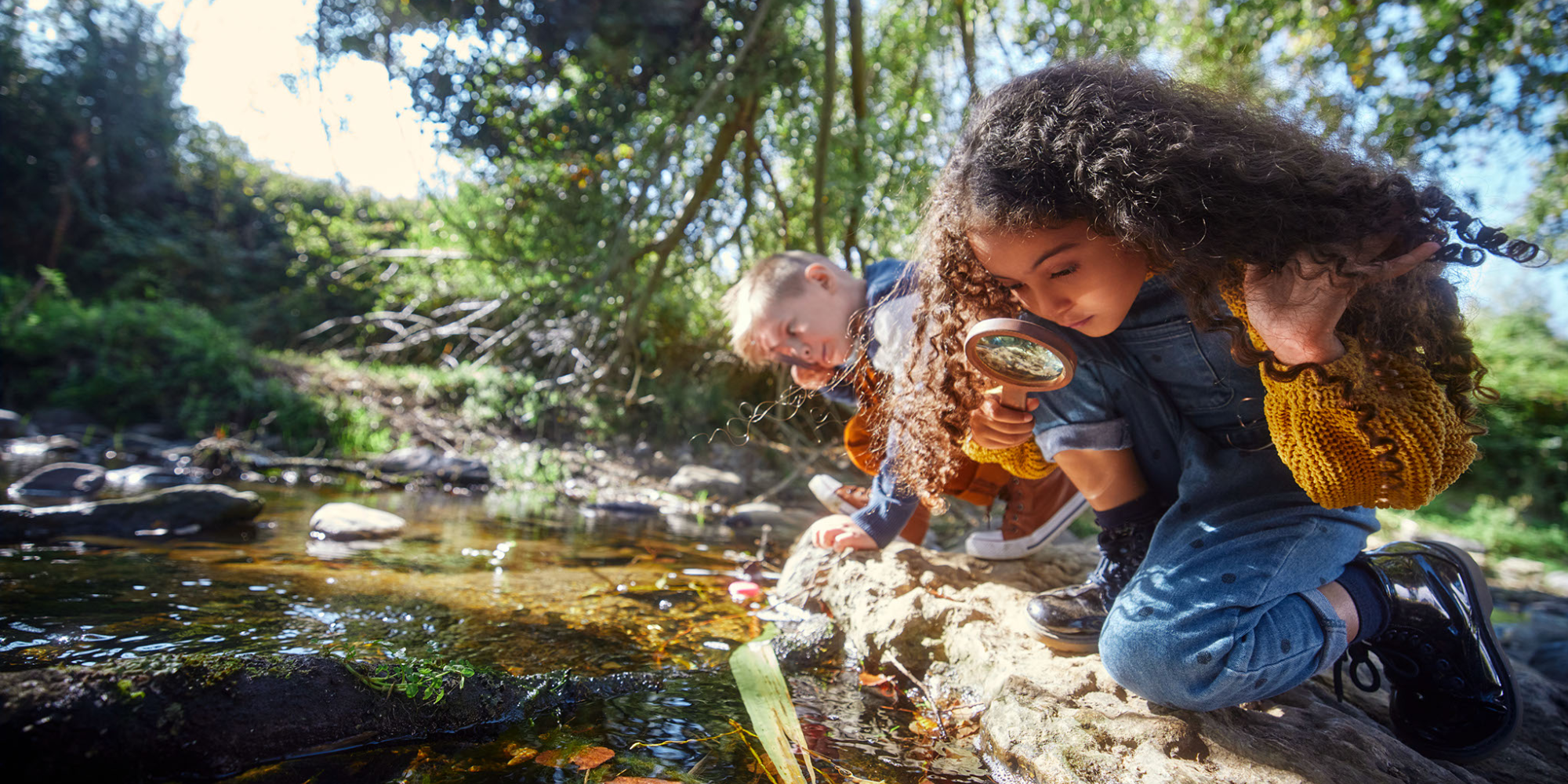This month has marked one year of the COVID-19 pandemic. One year of disrupted lives. One year of shifting the way cities provide resources and services to children and families. When the pandemic started, many state and local governments enacted curfews and other restrictions to “flatten the curve” and prevent new infections of COVID-19. Residents were encouraged to quarantine and limit gatherings to household members. Access to nature and the outdoors quickly became more critical than ever for promoting physical and mental health. Before COVID, cities knew the outdoors was important for mental and physical health, but now it became essential. The question became, how could local leaders safely provide equitable access to quality spaces?
As cities searched for ways to bring nature’s benefits to all children during this unprecedented time, they soon found that institutional systems and cultural challenges, in the form of long-standing policies, power dynamics and perceptions, can make change difficult. Achieving real and lasting change requires a community-based and holistic approach to dismantling systems of inequity — in other words, a systems change approach.
Many cities that succeeded in responding to the COVID-era need for nature access had laid the groundwork across departments and sectors before the pandemic. Through Cities Connecting Children to Nature (CCCN), a joint partnership initiative between the National League of Cities and the Children & Nature Network, many cities had spent years implementing comprehensive changes across multiple areas including in policy, programs, funding, partnerships, and community engagement to make access to nature more equitable today and during post-pandemic rebuilding.
The groundwork these cities laid with the CCCN network set them up to not just temper the COVID storm regarding children’s nature connections but even accelerate their pace in new and creative ways. In fact, several cities grew their initiatives by increasing the scope, launching new strategies, or embedding nature connections into emergency messaging.
For example, in Houston, Texas, Mayor Sylvester Turner used his knowledge of the importance of nature connection for children calling this out in his press releases and events while crafting emergency response messaging which regularly focused on keeping natural spaces open and safe. The city of St. Louis, MO launched efforts toward its first city-wide green schoolyard initiative. The cities of Rochester, N.Y., Gary, Ind. and San Francisco, Calif. distributed nature play and seed kits, along with meals for youth in need.
Many CCCN cities have devoted budget resources to secure staff dedicated to children and nature strategies. To date, 10 out of 18 CCCN cities have either full or part-time staff dedicated to finding ways to connect all kids in their communities to nature. These staff members were able to focus on making sure kids were able to get outside safely as they continued to raise awareness of the importance of nature connection during the pandemic.
Other actions CCCN cities took to increase equitable access to nature include:
- Reallocating funding to reach children who lack access to nature but need it most and establishing ways of measuring equity. For example, the City of Austin implemented an equity approach to determine neighborhoods in which to make nature investments.
- Securing programs and policies across city departments that reached children who need nature access most. The City of Louisville continued its Engaging Children Outdoors (ECHO) program by offering free outdoor experiences for children with less access to nature. That city’s eye on equity paid off as a local community foundation began underwriting the program during the pandemic.
- Developing cross-departmental and city-wide collaboration proved essential for cities creatively finding ways for kids to safely gain access to nature. For example, the cities of Austin, Tx., Baltimore, Md., and Albuquerque, N.M., relied heavily on each cities’ pre-existing relationships with their respective school districts to provide direct support in outdoor learning. And, cities including San Antonio, Texas and St. Paul, Minn. built on park and library synergy to expand their use of libraries as places for nature connection.
When city leaders prioritize equity and children’s access to nature, it pays off dividends, promoting mental and physical health and connection during a historic year of challenges.











